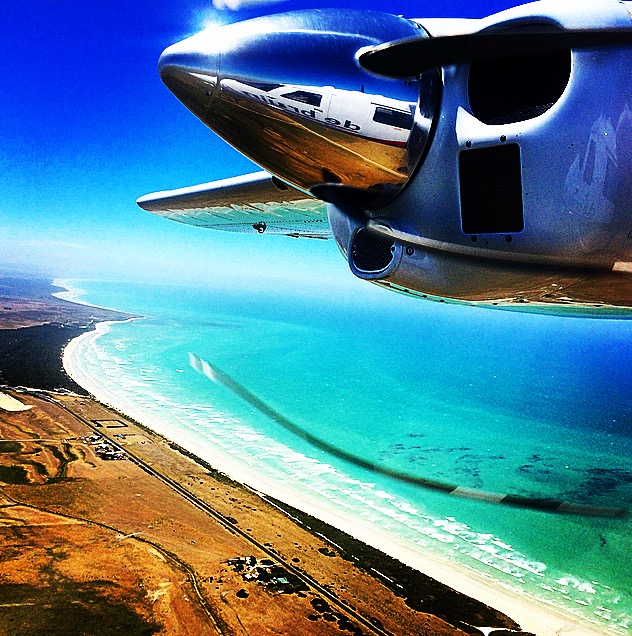
Ocean warming, noise pollution and fishing are major concerns for dolphins in southern Australia, not just Adelaide and Melbourne metropolitan coastal areas but in particular for large populations living in the two gulfs in South Australia.
Marine ecology researchers from Flinders University say high densities of two genetic populations of southern bottlenose dolphins rely on the waters of the Spencer Gulf and Gulf St Vincent, both inverse estuaries with no freshwater inflow and limited water exchange particularly in their northern reaches.
“These inverse estuaries are at risk of future climate change, from temperature and storms to ocean warming, ocean acidification and salinity increases, as well as noise pollution, haul and gill net fishing, and disease outbreaks like the 2013 morbillivirus outbreak that resulted in at least 41 dolphin deaths in Gulf St Vincent,” says Flinders and Macquarie University researcher Dr Kerstin Bilgmann.
Flinders (CEBEL) leader Associate Professor Luciana Möller and says human and natural disturbances will impact on these protected animals’ survival in the future.

“The two large South Australian gulfs are inverse estuaries with limited water circulation and lack of freshwater inflow,” says Associate Professor Möller.
“As a result, the gulfs are particularly susceptible to human induced impacts such as climate change, habitat destruction and pollution, yet high densities of bottlenose dolphins are found in these waters.
“Our study provides abundance estimates for two genetic populations that can be used for predictive population modelling and to inform conservation management.”
The aerial survey estimated 3493 dolphins in summer/autumn and 3213 in winter/spring, which CEBEL co-lead Associate Professor Guido J. Parra says is the first time this area has been covered for large-scale estimates of abundance, density and habitat preferences.
“In Australia, such data are needed for the assessment and mitigation of anthropogenic impacts, including fisheries interactions, coastal zone developments, oil and gas exploration and mining activities,” Associate Professor Parra says.
“High densities of bottlenose dolphin are found in coastal gulf water year round, and also in northern gulf waters, suggesting that both gulfs have large areas of suitable habitat for this species.
“These waters are also where more anthropogenic activities occur and where climate change is likely to have the largest effect.”
The bottlenose dolphins of Spencer Gulf and Gulf St Vincent enjoy shallow waters, flat seafloor topography, and higher sea surface temperatures in summer/autumn and lower temperatures in winter/spring.
“Spatial predictions showed high dolphin densities in northern and coastal gulf sections,” says Dr Bilgmann, adding the large-scale survey and habitat modelling of dolphins (Tursiops sp.) over an area of 42,438km2 within two SA gulfs and adjacent shelf waters should inform management strategies, marine park planning and environmental assessments of potential manmade threats to this protected species.
The paper is entitled ‘ (2019) by Kerstin Bilgmann, Guido J. Parra, Lauren Holmes, Katharina J. Peters, Ian D. Jonsen and Luciana Möller has been published in Scientific Reports.
The project was funded by the Australian Marine Mammal Centre, Australian Antarctic Division and follows other Flinders University marine research efforts in Coffin Bay, SA, the Great Australian Bight, Port River, Baker Outlet and Adelaide metropolitan coastline.








